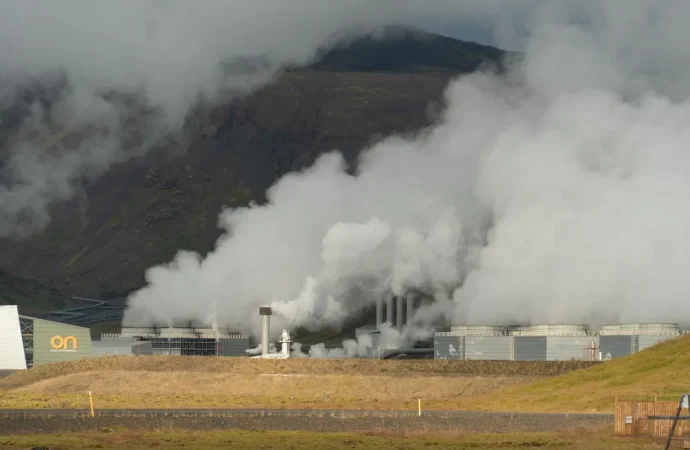The Uttarakhand government is set to sign a Memorandum of Understanding (MoU) with Iceland to explore the potential for geothermal power generation in the state. This initiative aligns with the goals of Uttarakhand Jal Vidyut Nigam Ltd (UJVNL), the state’s hydro-power generation body, which aims to double its power production capacity from the current 1,440
The Uttarakhand government is set to sign a Memorandum of Understanding (MoU) with Iceland to explore the potential for geothermal power generation in the state. This initiative aligns with the goals of Uttarakhand Jal Vidyut Nigam Ltd (UJVNL), the state’s hydro-power generation body, which aims to double its power production capacity from the current 1,440 MW to approximately 3,000 MW within the next eight years.
Delegation’s Visit to Iceland
UJVNL’s Managing Director, Sandeep Singhal, announced that a two-member delegation recently visited Iceland to study its geothermal energy production mechanisms. They identified sources of hot water geysers near Tapovan and Badrinath, which could be vital for geothermal energy development. Once the MoU is finalized, the government will collaborate with Icelandic experts to further investigate these geothermal opportunities.
Plans for Increased Revenue and Sustainability
Singhal also mentioned UJVNL’s plans to boost its annual revenue from ₹1,000 crore to around ₹3,000 crore. The company aims to establish three battery energy storage systems and a green hydrogen unit in the coming years. Additionally, UJVNL is working with IIT-Roorkee to develop hydro-kinetic turbines, which will be installed in hydropower units to enhance their efficiency.
Focus on Environmental Safety
UJVNL is taking proactive measures to study glacial lakes in the region, engaging environmental experts to develop strategies to manage potential glacial lake outburst floods, similar to the tragic 2013 Kedarnath disaster. Singhal emphasized the importance of assessing geological conditions to mitigate risks associated with landslides and other environmental hazards before establishing new power generation facilities.

















Leave a Comment
Your email address will not be published. Required fields are marked with *